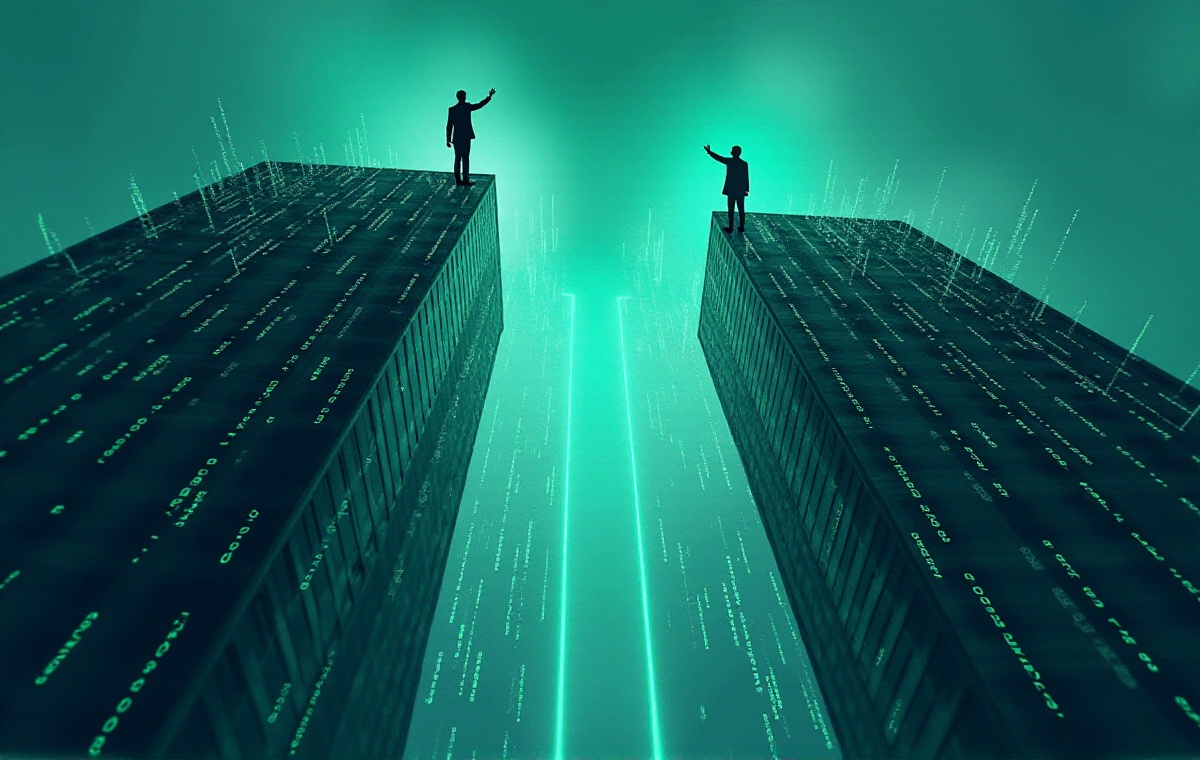Casual Chat
Honestly, do you think museums are just old, outdated buildings filled with expensive-looking but boring antiques? Do those "Do Not Touch" signs seem particularly discouraging when you pass by, and the guides' professional talk puts you to sleep? Well, after I tell you about them, you'll definitely change your mind about museums!
First Encounter
I remember that summer ten years ago very clearly. I had just arrived in the UK for studies, and like all international students, the British Museum was definitely the first stop! To be honest, I was truly amazed when I stood at the museum's entrance. The building was absolutely stunning! You know what? The British Museum isn't just any ordinary museum - it's one of the world's oldest national museums, operating since 1753, older than many countries' histories!
I'll never forget my first time walking into the British Museum. Sunlight streamed through the massive glass dome onto the courtyard, where visitors strolled leisurely. It was completely different from what I had imagined - not a lifeless exhibition hall at all, but a place where people could feel completely relaxed. The most impressive part? The British Museum's initial collection came entirely from a big shot named Hans Sloane. This collecting maniac donated his entire collection of over 70,000 treasures to the nation - what an incredibly generous move!
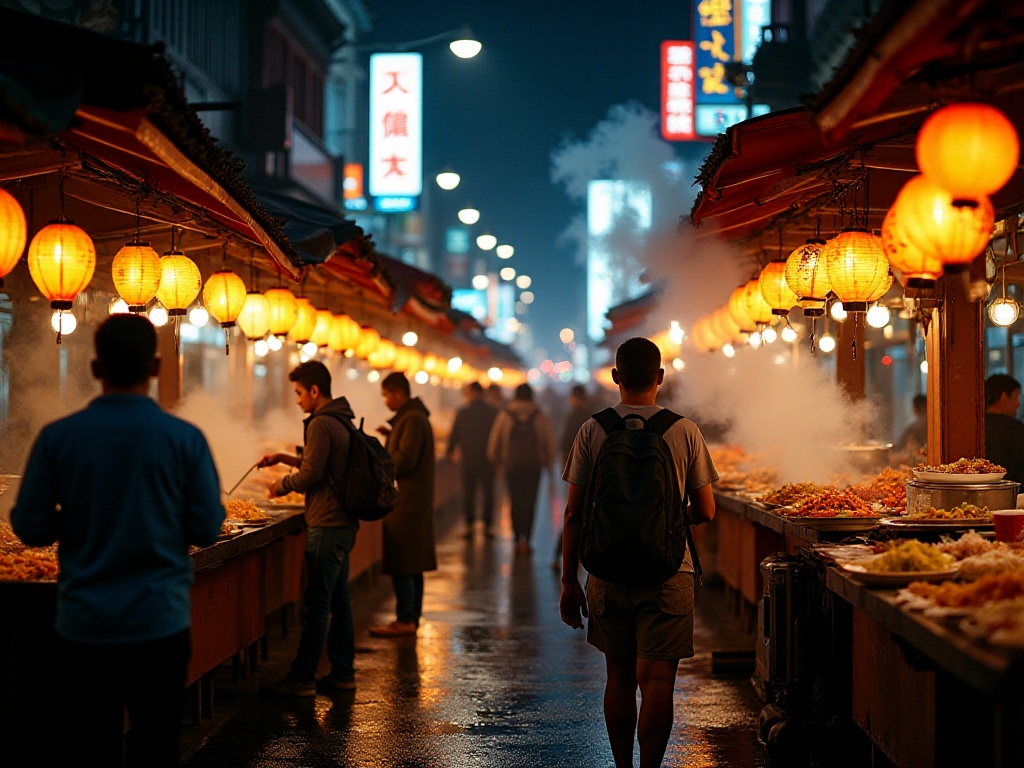
Evolution
Since falling in love with museum visits, I've been to museums all over the world. The more I visit, the more I realize that the history of museums is even more fascinating than their exhibits.
You might not know that the world's first museum appeared around 300 BC in Alexandria, Egypt. However, museums back then were completely different from today's concept - they were more like ancient libraries, mainly for scholars. It wasn't until the Renaissance that Europe began to have museums open to the public, though they were still quite selective, mainly allowing only nobles and wealthy people to visit.
Today's museums are completely different - they're sanctuaries of public education. Take Beijing's Palace Museum for example - it's not just a collection of ancient buildings, but a massive comprehensive museum. It preserves precious artifacts from the Ming and Qing imperial palaces and courts, receiving over 17 million visitors annually! This number surpasses many popular tourist attractions - isn't that amazing?
Every artifact in the Palace Museum has a fascinating story behind it. For instance, Emperor Qianlong's personal items, from his calligraphy works to his daily tea sets, help us understand what the emperor's life was like. Then there are those exquisite imperial treasures, like the Jadeite Cabbage and the Meat-Shaped Stone - each one is a unique piece of art.
I remember once visiting an exhibition about Qing Dynasty imperial consorts' clothing. Those magnificent dragon robes and phoenix crowns, along with delicate accessories, each piece gleaming with royal luxury. Through these exhibits, we can see not only the evolution of Qing court fashion but also understand the social hierarchy and aesthetic trends of that time.
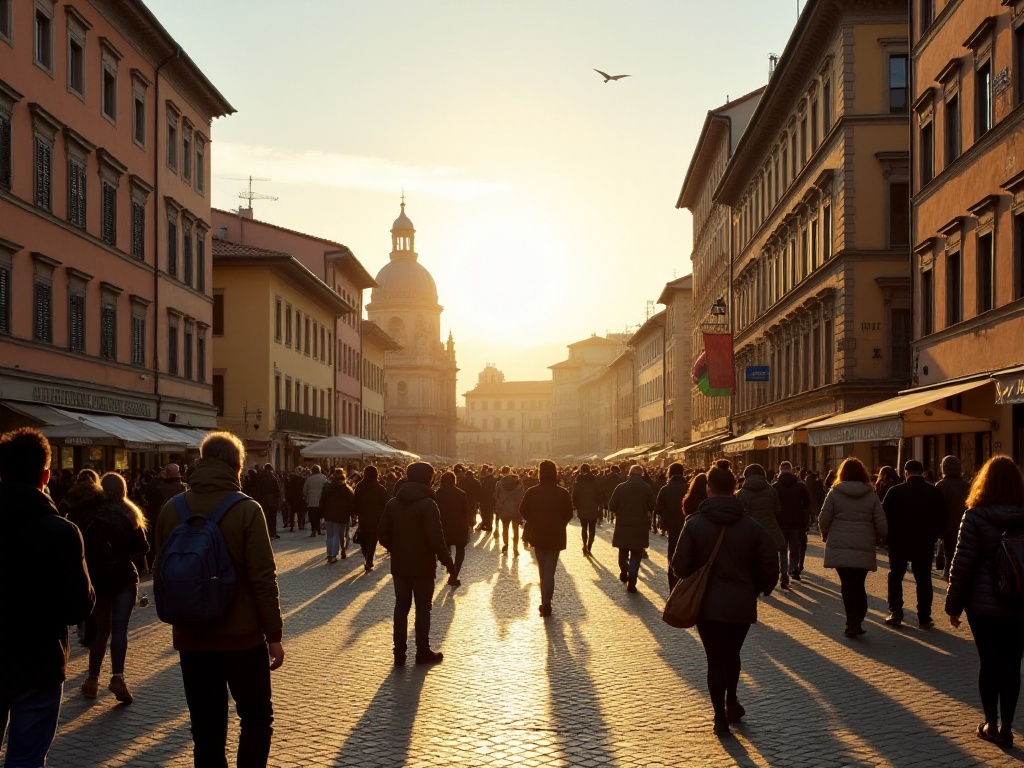
Trends
Speaking of modern museum development, it's getting more and more interesting.
Today's display methods aren't just about putting things in glass cases. When I visited the Terracotta Warriors Museum in Xi'an, I was completely amazed. They use super cool AR technology that lets you point your phone at damaged warriors and instantly see their complete form. You can even chat with virtual Qin Dynasty soldiers! It feels like you're actually traveling back to the Qin Dynasty - super engaging!
Modern museums are also incredibly multifunctional. Take the Guangdong Provincial Museum for example - besides exhibitions, you can participate in various fun activities. They regularly hold artifact restoration workshops where you can experience the restoration process firsthand, and archaeology camps where you can excavate artifacts like an archaeologist. These interactive activities really deepen people's interest in history.
In recent years, many trendy new museums have appeared. For instance, there's a digital art museum in Tokyo called teamLab Borderless, filled with digital projection artworks. You can walk around freely, watching the surrounding images constantly change, feeling like you're in a magical world. These museums that combine technology and art really open your eyes to new possibilities.
I've also visited some unique museums, like the Kimchi Museum in Korea, the Chocolate Museum in Germany, and even a museum dedicated to cup noodles. Though these museums have specific themes, they're all interesting. At the Kimchi Museum, you can learn about kimchi's history and make it yourself; at the Chocolate Museum, you can see the entire process from cocoa beans to chocolate, and taste various chocolates.
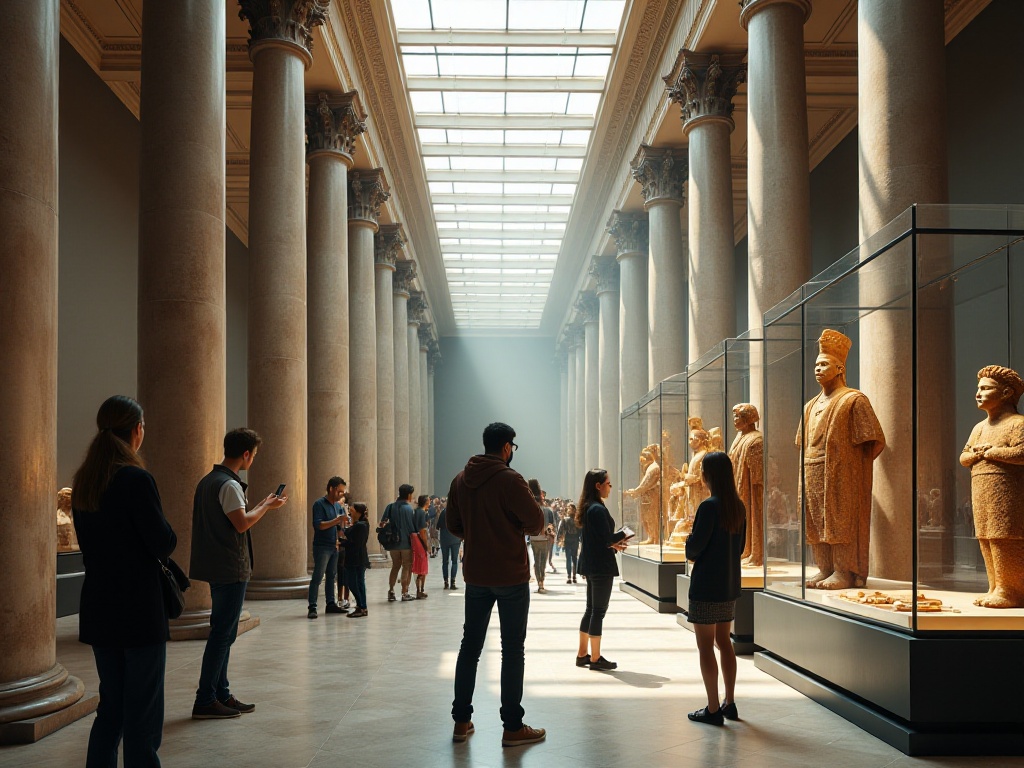
Suggestions
If you want to start visiting museums, I suggest beginning with small local museums. Don't think small-city museums aren't good enough - each museum has its own unique features. I often visit our city's folk museum; though small, its collection of old items is fascinating and helps me understand local history and culture.
When visiting museums, don't rush to take photos. I know everyone likes posting on social media, but if you only focus on photography, you'll miss the most interesting parts. Take your time, read the descriptions carefully, and listen to the guides. The guides are very professional and can tell you many interesting stories behind the exhibits.
Here's a tip: always check the museum's opening hours and special exhibition information in advance. Many museums hold regular special exhibitions, and some are quite popular, requiring advance ticket reservations. Popular museums like the British Museum can have two to three-hour queues during peak season. It's best to go when they first open to avoid peak crowds.
I've noticed that many museums are less crowded on weekday afternoons, making it particularly comfortable to visit then. Also, many museums now have official apps or WeChat accounts where you can learn about the latest exhibitions, and some even offer online guide booking services.
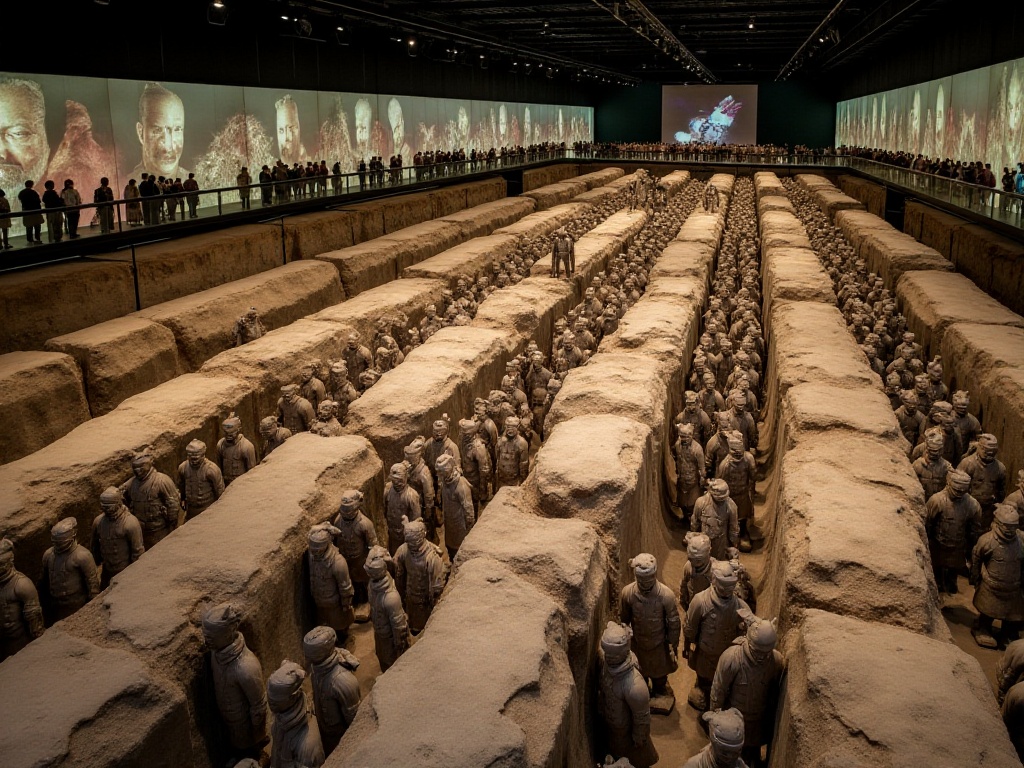
Reflections
Honestly, after visiting so many museums, my biggest realization is: museums aren't cold, distant places - they're magical spaces where history comes alive. Each museum is like an incredibly vivid history book, allowing us to travel through time and truly feel history's warmth.
My favorite is still the Palace Museum, because I discover new surprises every time I visit. Last time, I deliberately chose a rainy day. You know what? The Palace Museum is especially beautiful in the rain - the ancient buildings look particularly serene, as if you've really gone back hundreds of years. Standing in front of the Hall of Supreme Harmony, watching raindrops hit the golden glazed tiles, that feeling is really special.
Museums are truly magical places - they're not just venues for collecting and displaying artifacts, but bridges connecting the past and present. Through these exhibits, we can understand ancient wisdom and feel the life essence of different eras - experiences that are hard to find elsewhere.
If you haven't visited a museum yet, why not start this weekend? I believe you'll fall in love with these magical places just like I did. After your visit, be sure to tell me which museum you liked best - we can share interesting museum stories together.


